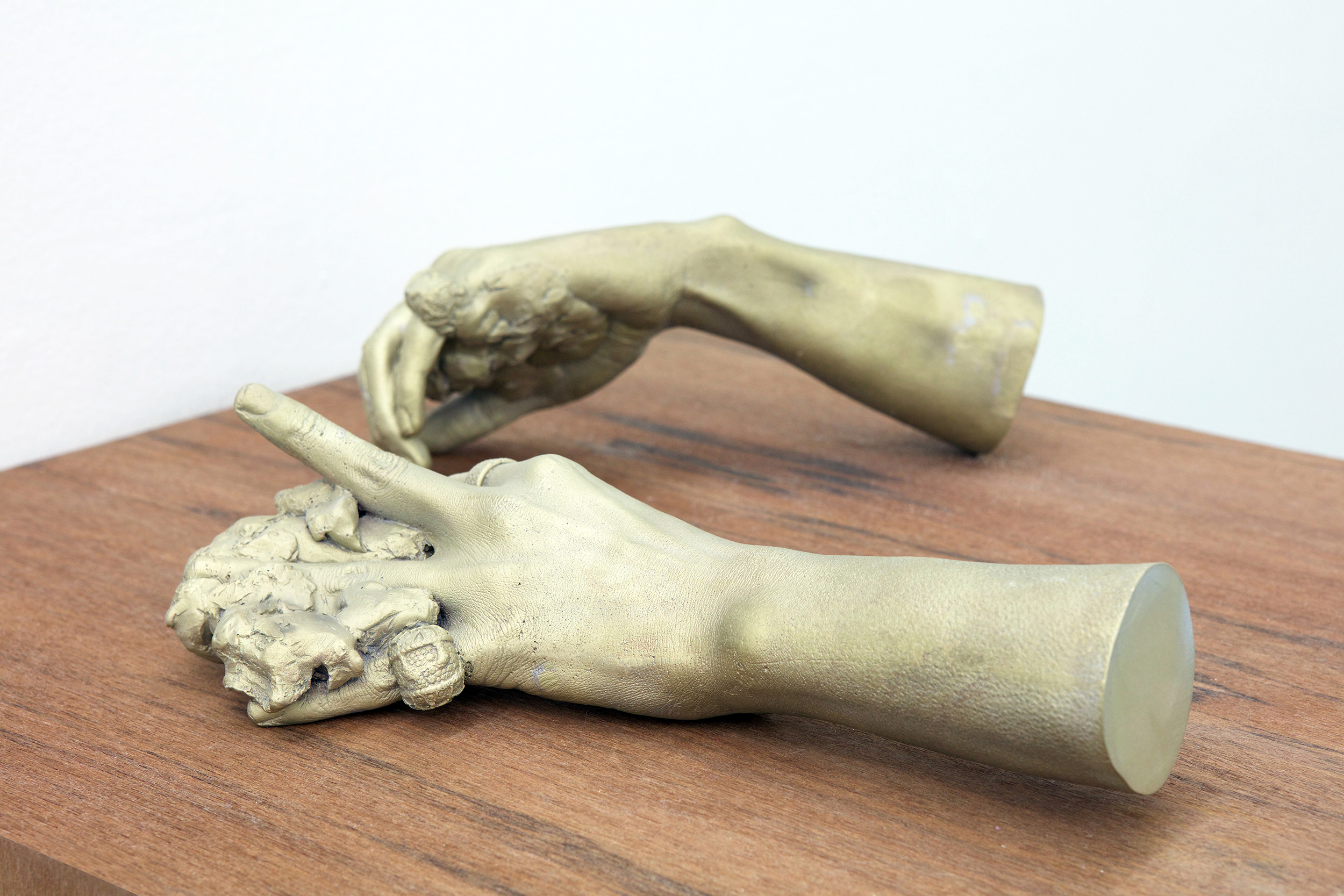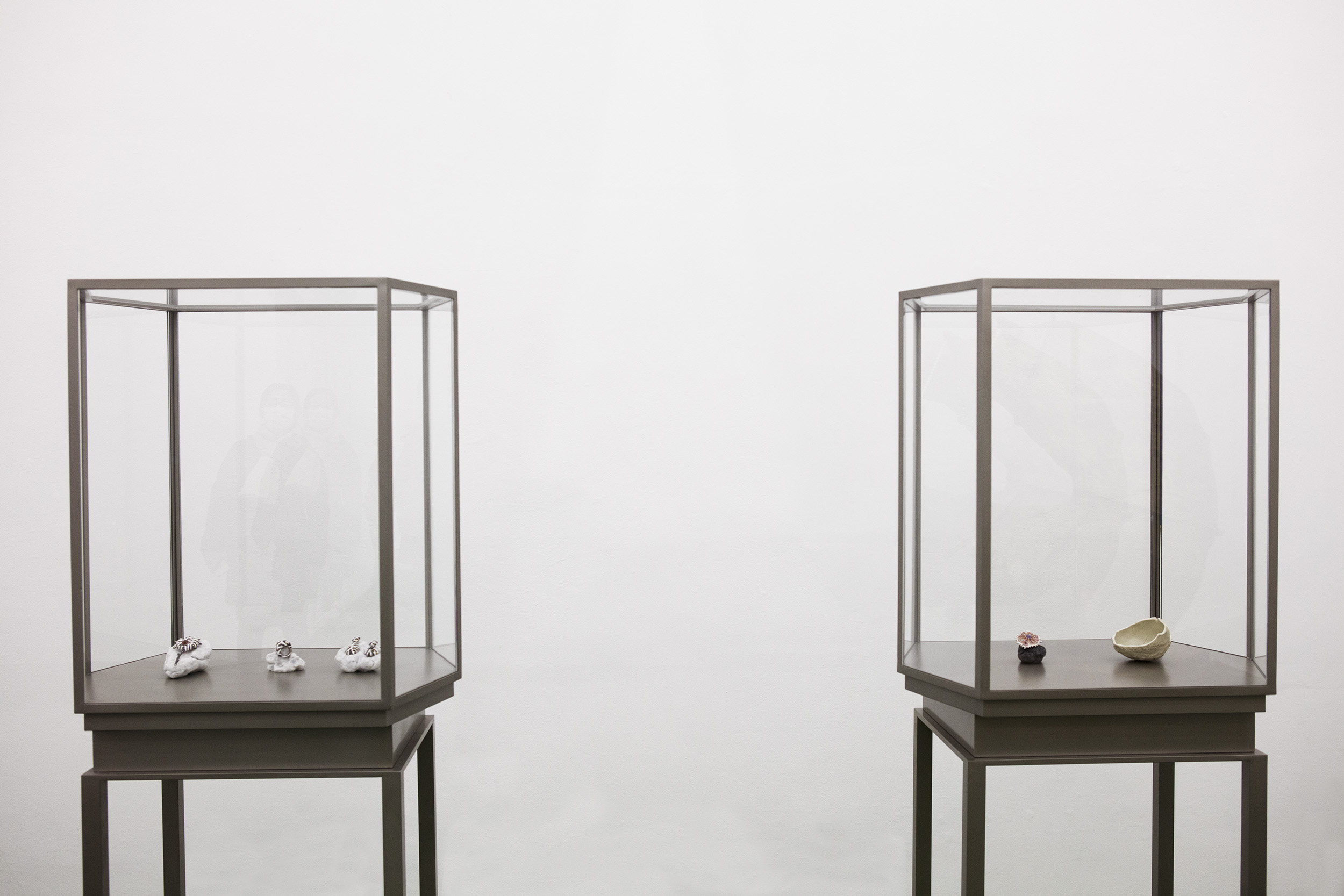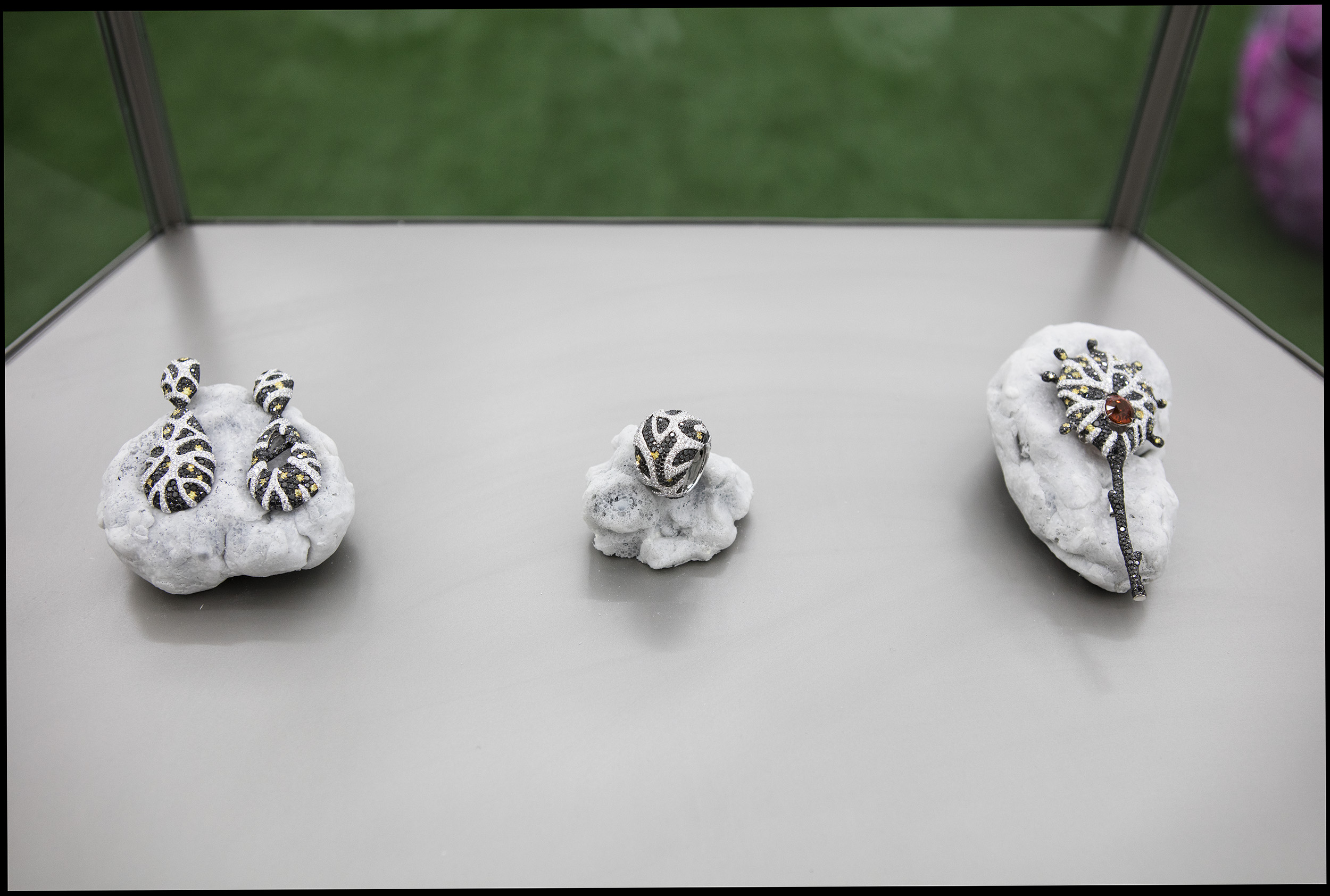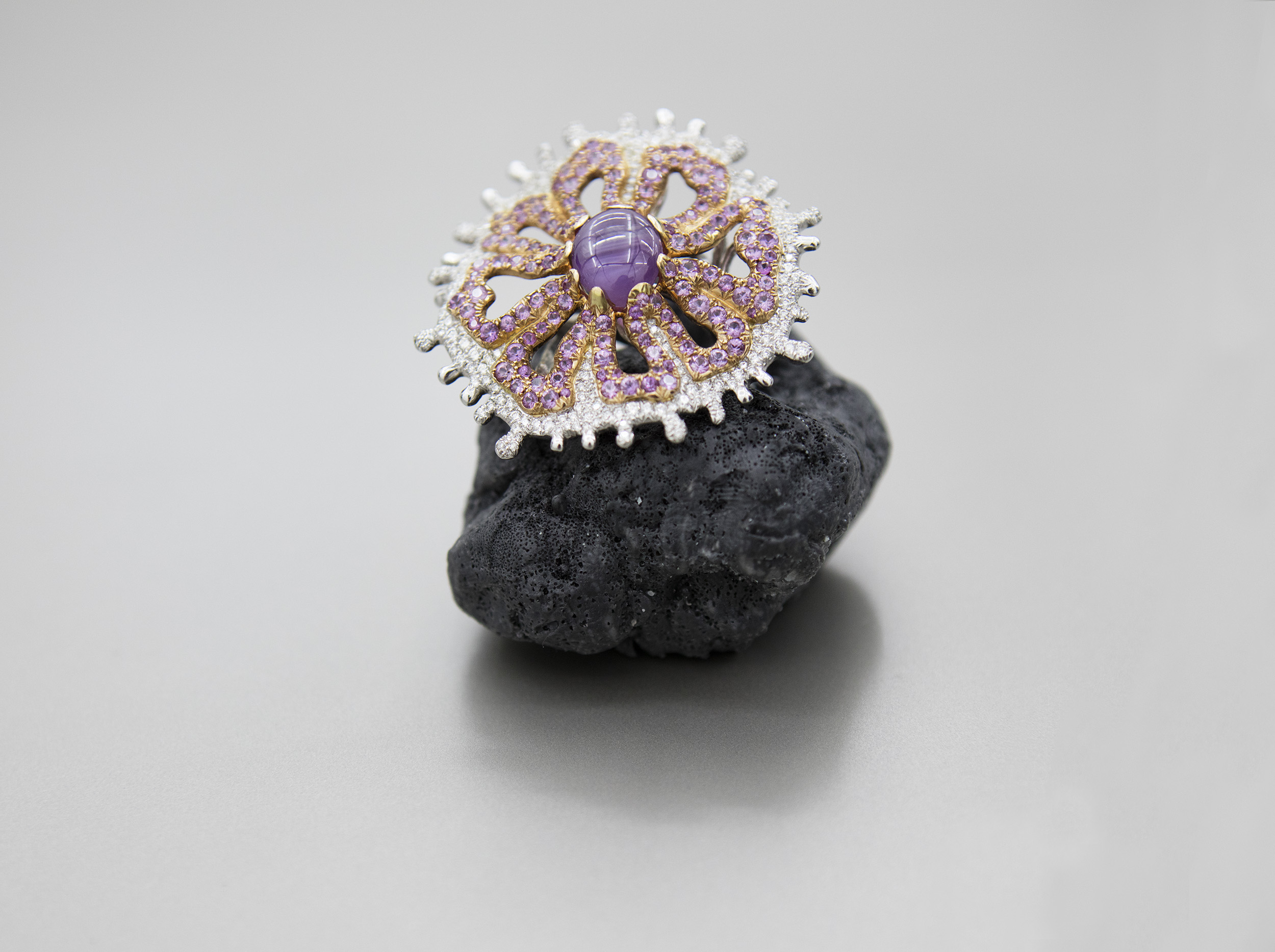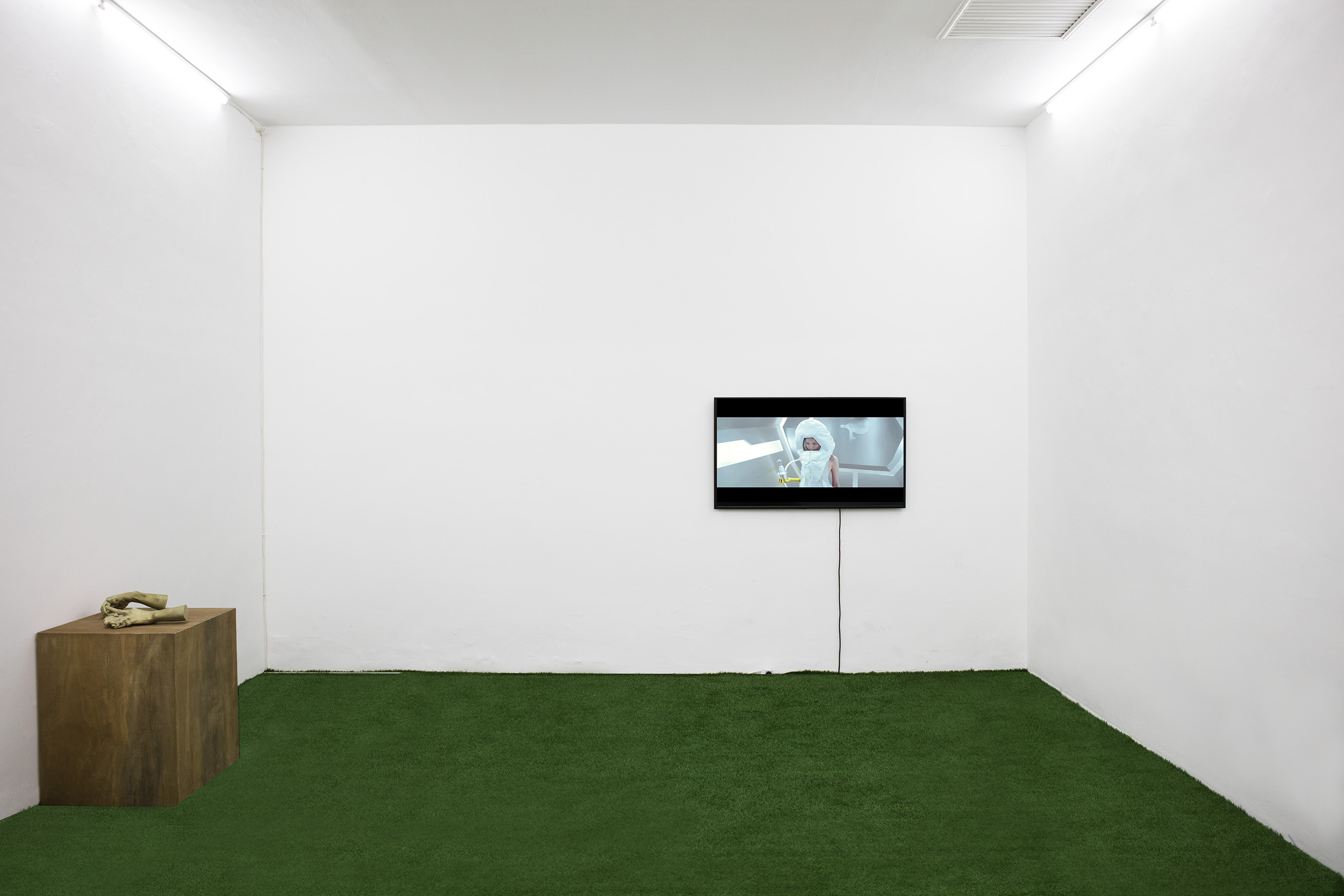Wang Shang: Skeleton in the Cupboard
This post is also available in:
 简体中文 (Chinese (Simplified))
简体中文 (Chinese (Simplified))  English
English
Curated by Su Wei
Showing a deep-rooted lack of faith or fidelity to any one side while working simultaneously across multiple camps in a meticulous manner, Wang Shang takes satisfaction in drawing comparisons between his own mode of working and that of a double agent. It is precisely within this logic where Wang Shang undertakes his double identity as both artist and jewellery. Across both industries, there exist differing notions of value, aesthetic appearance, order and regulation. He shares an equal sense of distrust for both, using jewellery to create his own artistic language or rather as an area for ‘field research’. Concurrently, art becomes a channel to increase the artistic capacity of jeweller. By using these objectives against one another, Wang Shang refutes a show of deference towards either goal. However, due to our reliance towards systems through the desire and sense of gratification for validation, he seeks to pre-empt and double-cross this dependency.
Arising from this distrust towards these value systems and all the qualms that lurk behind his practice, Wang Shang frequently looks to natural and geological history. His sculptures use the continually exploited geological changes of the earth in order to abstract form – from which the value, through some unfamiliar appearances, reveal differences and other unrelated relationships. No Shadow Without Light (2013) is an amalgamation of common tropes used by advertising, religion and artistic language, he appropriates the mechanisms commonly associated with the construction of ideology in order to assert another chapter using nature as its ‘zero base’. The land is commonly considered a ‘home’, likewise we have created all kinds of fictional constructs onto this ‘zero base’ of nature – moreover, they in some tacit way all automatically comply with this value system. In the art industry, the destructive capability of these works is a metonym for its hidden dark underbelly – of its fictional and seemingly self-evident values. It is impossible to escape from the ideology of this ‘land’, it is precisely in the same way that it is impossible for the value system of humanity to separate itself from the physical foundation of nature. It is precisely from this awareness and from this sense of hopelessness that Wang Shang perseveres with his adherence to the idea of ‘betrayal’ – resisting one’s own form of resistance.
The glimmering jewelled ornaments are incongruous within an art context and prone to becoming stigmatized. The endeavours behind Wang Shang’s work can be attributed to his individual values but also as an attempt to elude regulation. From the intimate space created by aesthetic and historic ideologies, he exposes personal dilemmas wrought by hopelessness that functions to mold the overturning of boundaries defining a value system.
